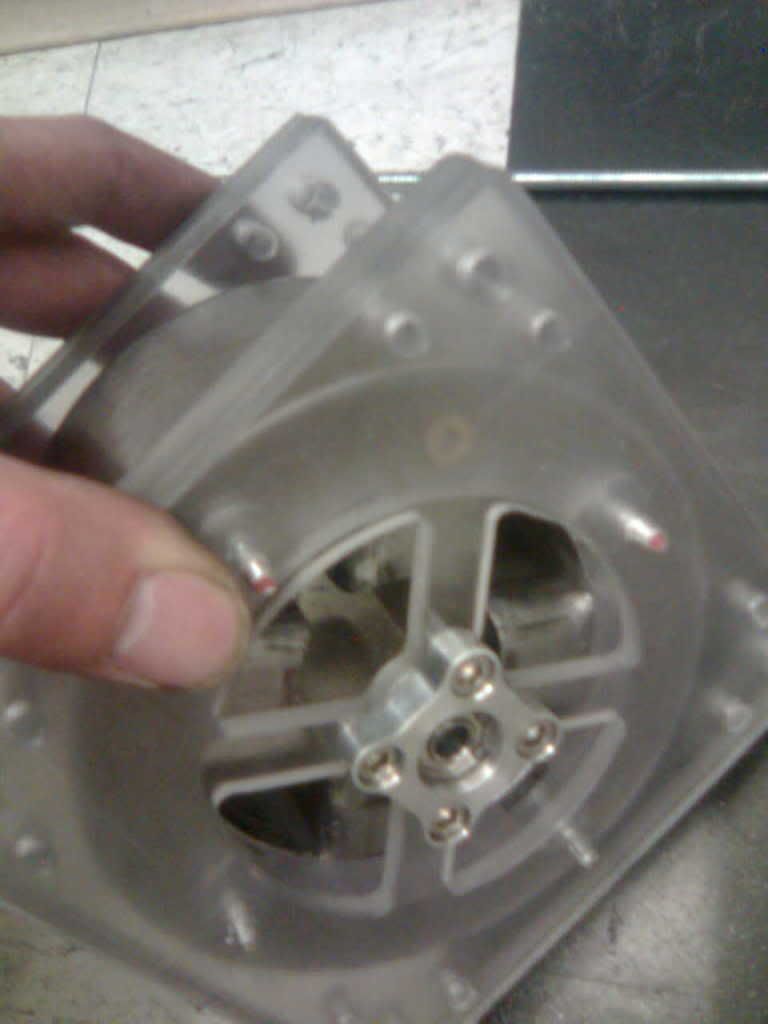Electric Motor Secrets Rapidshare Download

Contents • • • • • • • • • • • • • • • • • • • • • • • • • • • • • • • • • • • • • Terminology [ ] The word engine derives from, from the ingenium–the root of the word. Pre-industrial weapons of war, such as, and, were called, and knowledge of how to construct them was often treated as a military secret. The word gin, as in, is short for engine.
Most mechanical devices invented during the were described as engines—the steam engine being a notable example. However, the original steam engines, such as those by, were not mechanical engines but pumps. In this manner, a in its original form was merely a water pump, with the engine being transported to the fire by horses. In modern usage, the term engine typically describes devices, like steam engines and internal combustion engines, that burn or otherwise consume fuel to perform by exerting a or linear (usually in the form of ).
Devices converting heat energy into motion are commonly referred to simply as engines. Examples of engines which exert a torque include the familiar automobile gasoline and diesel engines, as well as. Examples of engines which produce thrust include. When the internal combustion engine was invented, the term motor was initially used to distinguish it from the steam engine—which was in wide use at the time, powering locomotives and other vehicles such as.
Program Waldorf Lector Vocoder Rapidshare Library 3/3/2018. Comments Offon. Electric Motor Secrets Rapidshare Download 3/3/2018. Comments Offon.
The term derives from the Latin verb which means to set in motion, or maintain motion. Thus a motor is a device that imparts motion. Motor and engine are interchangeable in standard English.
In some engineering jargons, the two words have different meanings, in which is a device that or otherwise consumes fuel, changing its chemical composition, and a motor is a device driven by,, or pressure, which does not change the chemical composition of its energy source. However, uses the term, even though they consume fuel. Namoz ukishni urganish.
A heat engine may also serve as a —a component that transforms the flow or changes in pressure of a into. An powered by an internal combustion engine may make use of various motors and pumps, but ultimately all such devices derive their power from the engine. Another way of looking at it is that a motor receives power from an external source, and then converts it into mechanical energy, while an engine creates power from pressure (derived directly from the explosive force of combustion or other reaction, or secondarily from the action of some such force on other substances such as air, water, or steam).
History [ ] Antiquity [ ], such as the and (examples of the ), are. More complex engines using,,, and even steam power date back to antiquity. Human power was focused by the use of simple engines, such as the, or, and with,, and arrangements; this power was transmitted usually with the forces and the speed. These were used in and aboard in, as well as in, and in. The writers of those times, including, and, treat these engines as commonplace, so their invention may be more ancient.
By the 1st century AD, and were used in, driving machines similar to those powered by humans in earlier times. According to, a water powered mill was built in Kaberia of the during the 1st century BC. Use of in mills spread throughout the over the next few centuries. Some were quite complex, with,, and to maintain and channel the water, along with systems of, or toothed-wheels made of wood and metal to regulate the speed of rotation. More sophisticated small devices, such as the used complex trains of gears and dials to act as calendars or predict astronomical events.